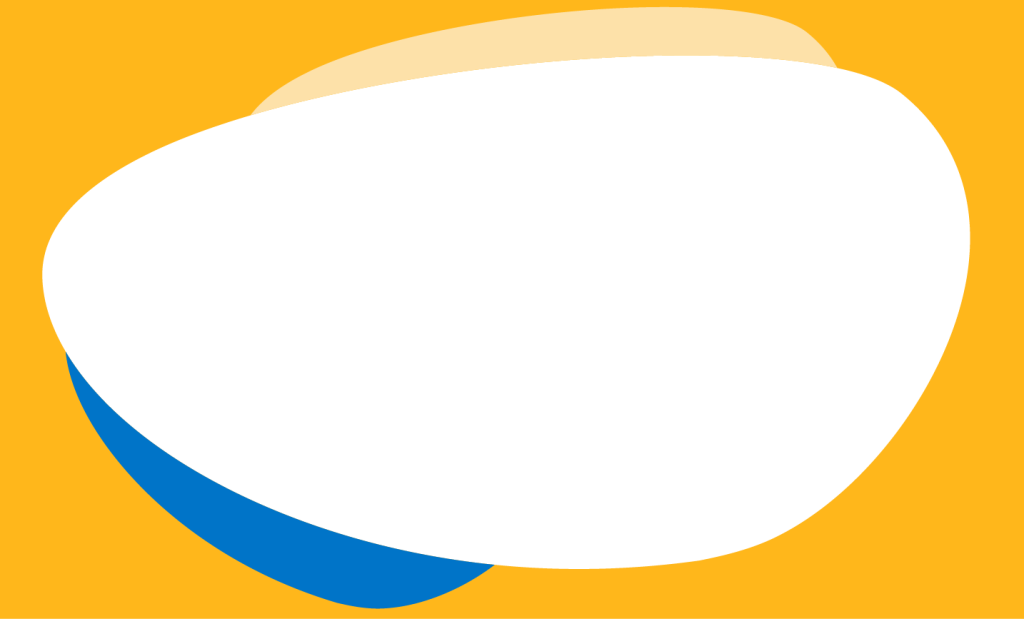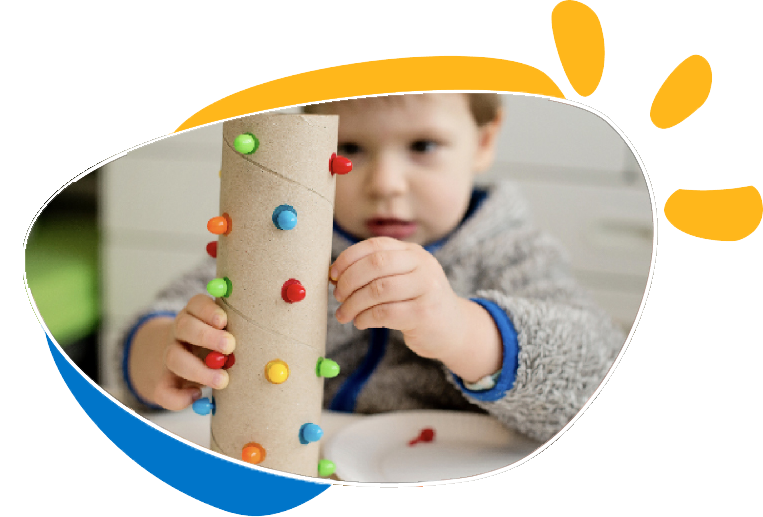

Visual perception refers to the brain’s ability to make sense of what the eyes see. This is not the same as visual acuity which refers to how clearly a person sees (for example “20/20 vision”). A person can have 20/20 vision and still have problems with visual perceptual processing.
Good visual perceptual skills are important for many every day skills such as reading, writing, completing puzzles, cutting, drawing, completing math problems, dressing, finding your sock on the bedroom floor as well as many other skills. Without the ability to complete these every day tasks, a child’s self esteem can suffer and their academic and play performance is compromised.

Accurate registration, interpretation and response to sensory stimulation in the environment and the child’s own body.
The ability to focus on important visual information and filter out unimportant background information.
The ability to determine differences or similarities in objects based on size, colour, shape, etc.
The ability to recall visual traits of a form or object.
Understanding the relationships of objects within the environment.
The ability to recall a sequence of objects in the correct order.
The ability to locate something in a busy background.
The ability to know that a form or shape is the same, even if it has been made smaller/larger or has been turned around.
The ability to recognise a form or object when part of the picture is missing.
If a child has difficulties with visual perception they might have difficulty:
When a child has visual perception difficulties, they might also have difficulties with:
For example, use a coloured dot or sticker to show what side of the page to start writing on or reading from, or place a texta mark on stick on the inside of the child’s shoes so they know which foot to put them on (dots face inwards).
To help with direction or starting position (e.g. for letter formation).
To help with word spacing and sizing.
To encourage correct line alignment.
Provide the child work that is to be copied on a piece of paper to put on their desk, rather than asking them to copy it from the board.
Place on the child’s table that they can refer to for correct letter formation.
Encourage the child to keep their desk clear of distractions and clutter.
Sit the child’s desk in an area closer to the front to avoid the distractions of other students.
Remove as much of the visually stimulating classroom wall decorations as possible, especially near the child’s desk.
Avoid unnecessary decorations (e.g. place only one activity on a page, remove pretty borders on worksheets).
Use a red marker to outline the boundaries for coloring, mazes or cutting tasks.
When working on puzzles, present one piece at a time and cover unneeded pieces of the puzzle.
Therapeutic intervention to help a child with visual perception difficulties is important to:
When children have difficulties with visual perception, they might also have difficulties with:

If your child has difficulties with visual perception, it is recommended they consult an Occupational Therapist.
If there are multiple areas of concern (i.e. beyond just visual perception) both Occupational Therapy and Speech Therapy may well be recommended to address the functional areas of concern. This is the benefit of choosing Kid Sense which provides both Occupational Therapy and Speech Pathology.

We acknowledge the land on which we operate as the traditional lands of the Kaurna people, and pay our respects to the spiritual relationship with country that all Aboriginal and Torres Strait Islander peoples hold.
Kid Sense is founded on inclusion and the belief that everyone is welcome. All diversity is celebrated, encouraged, represented and supported in our staff, our clients, and our community. You are welcome here.